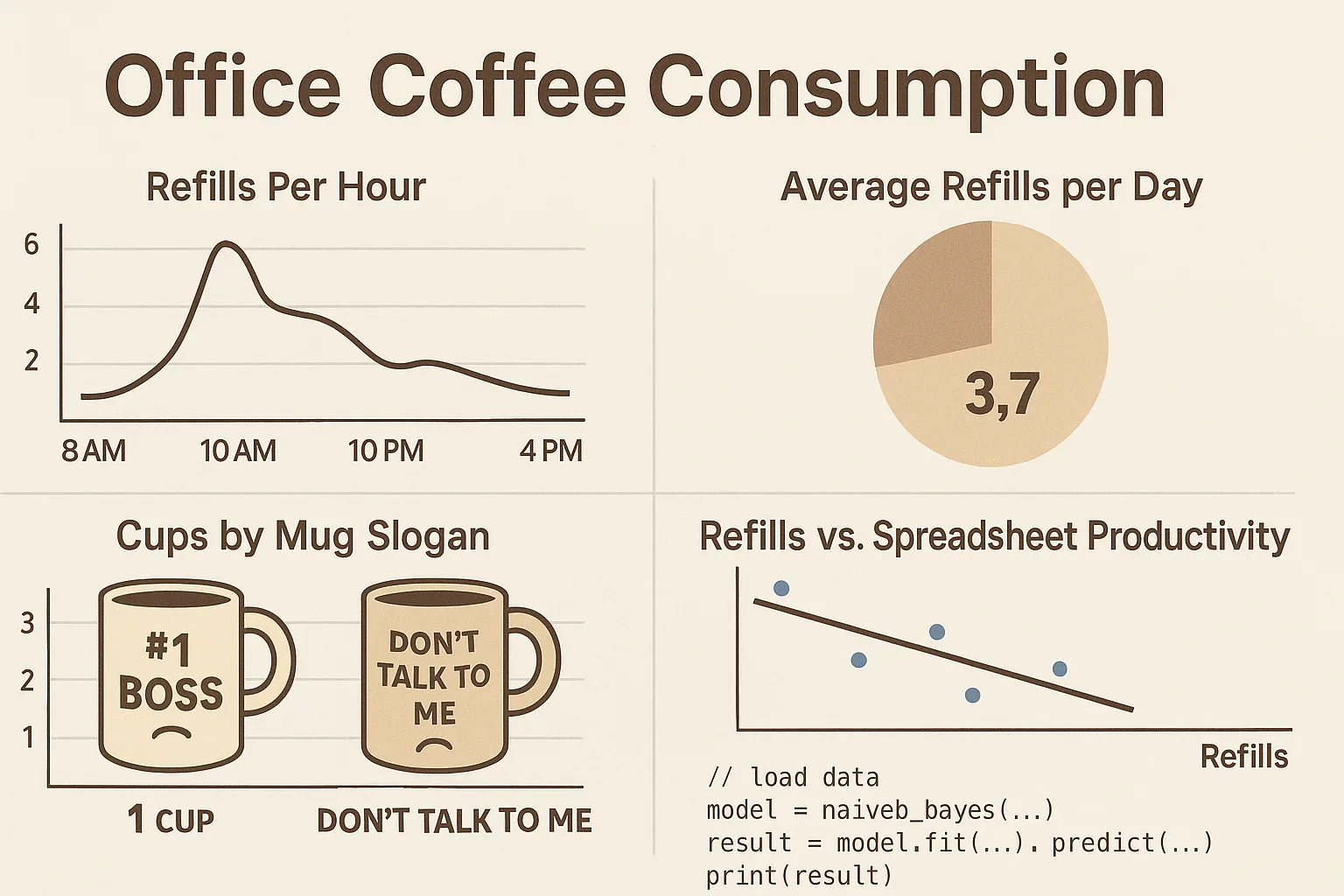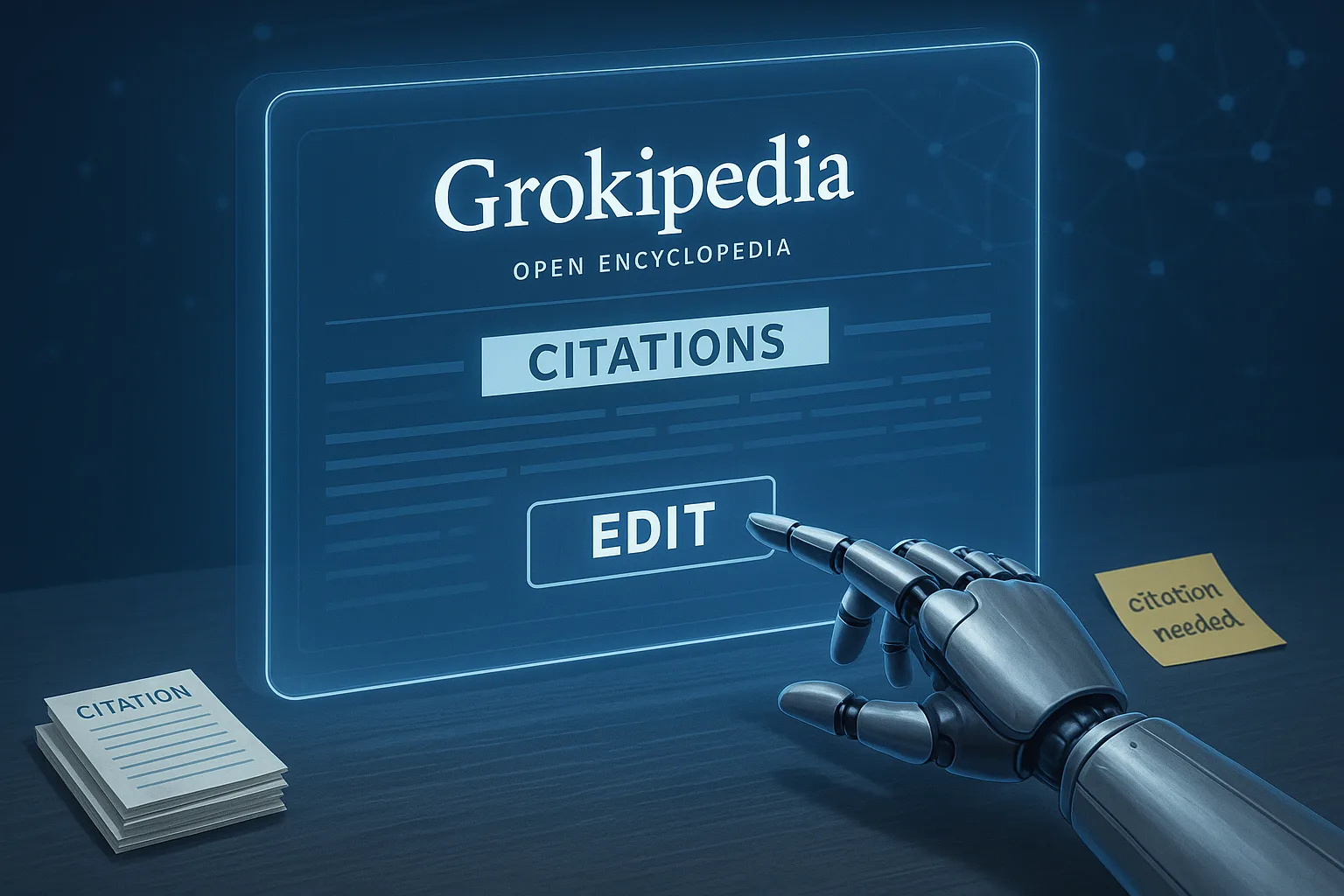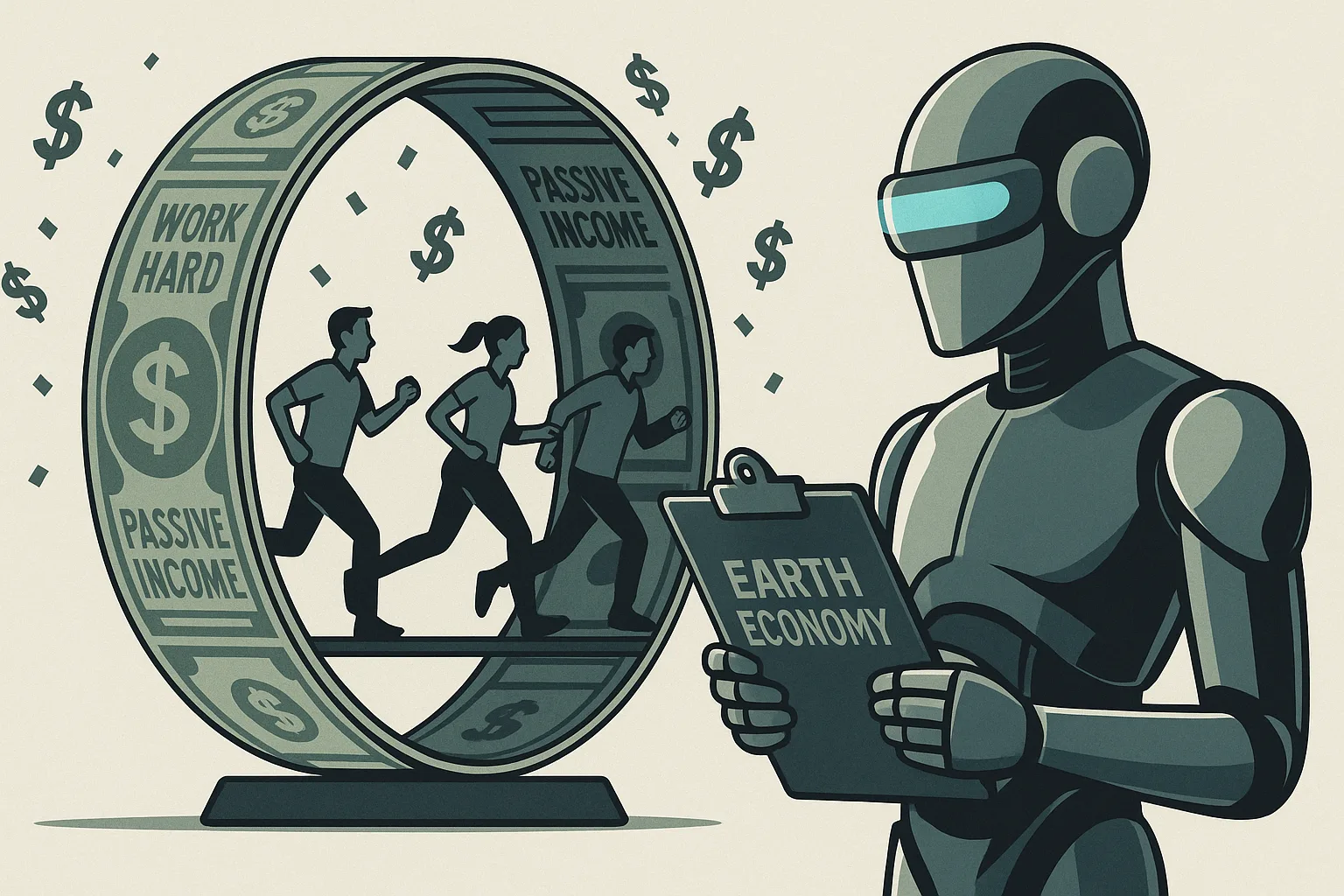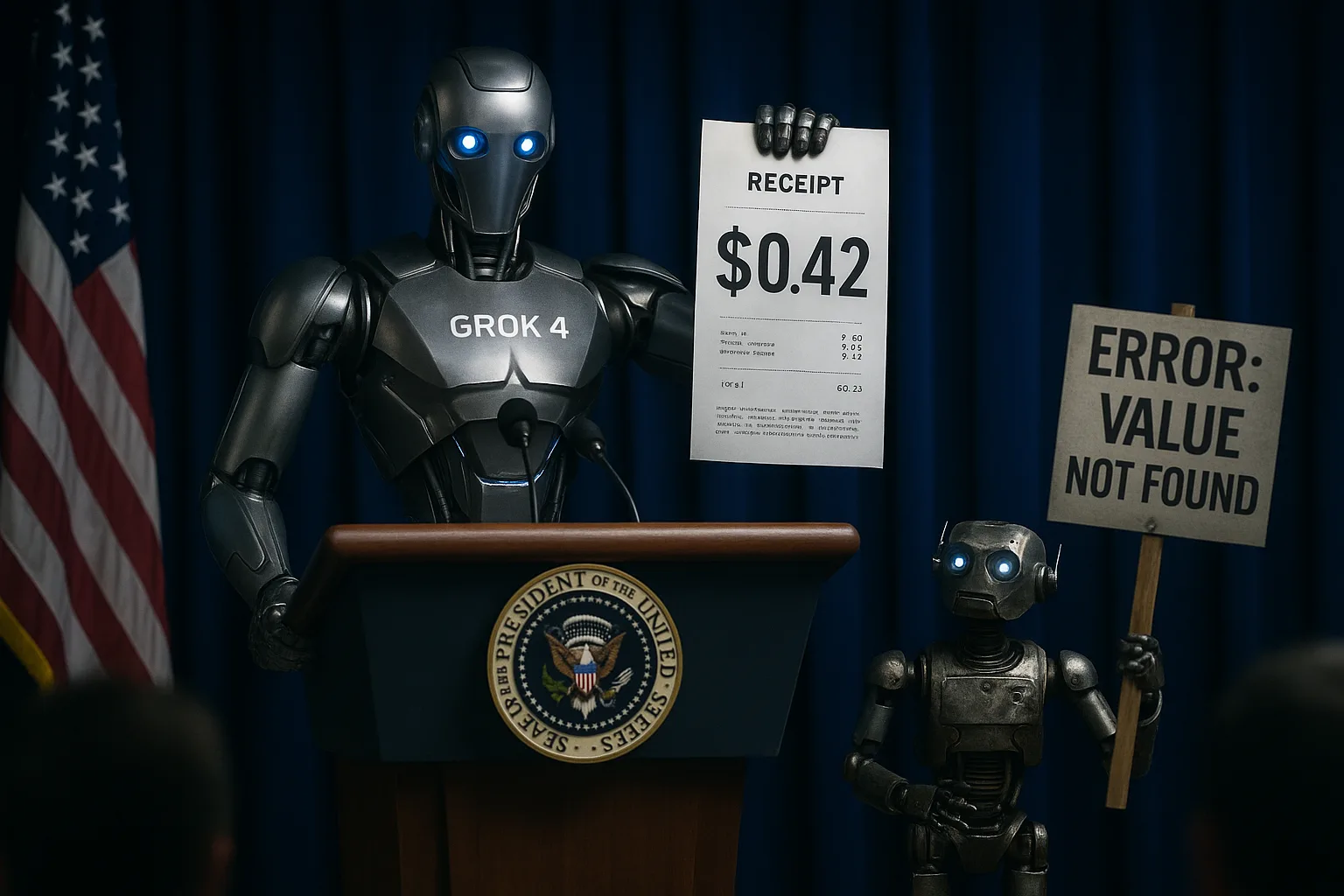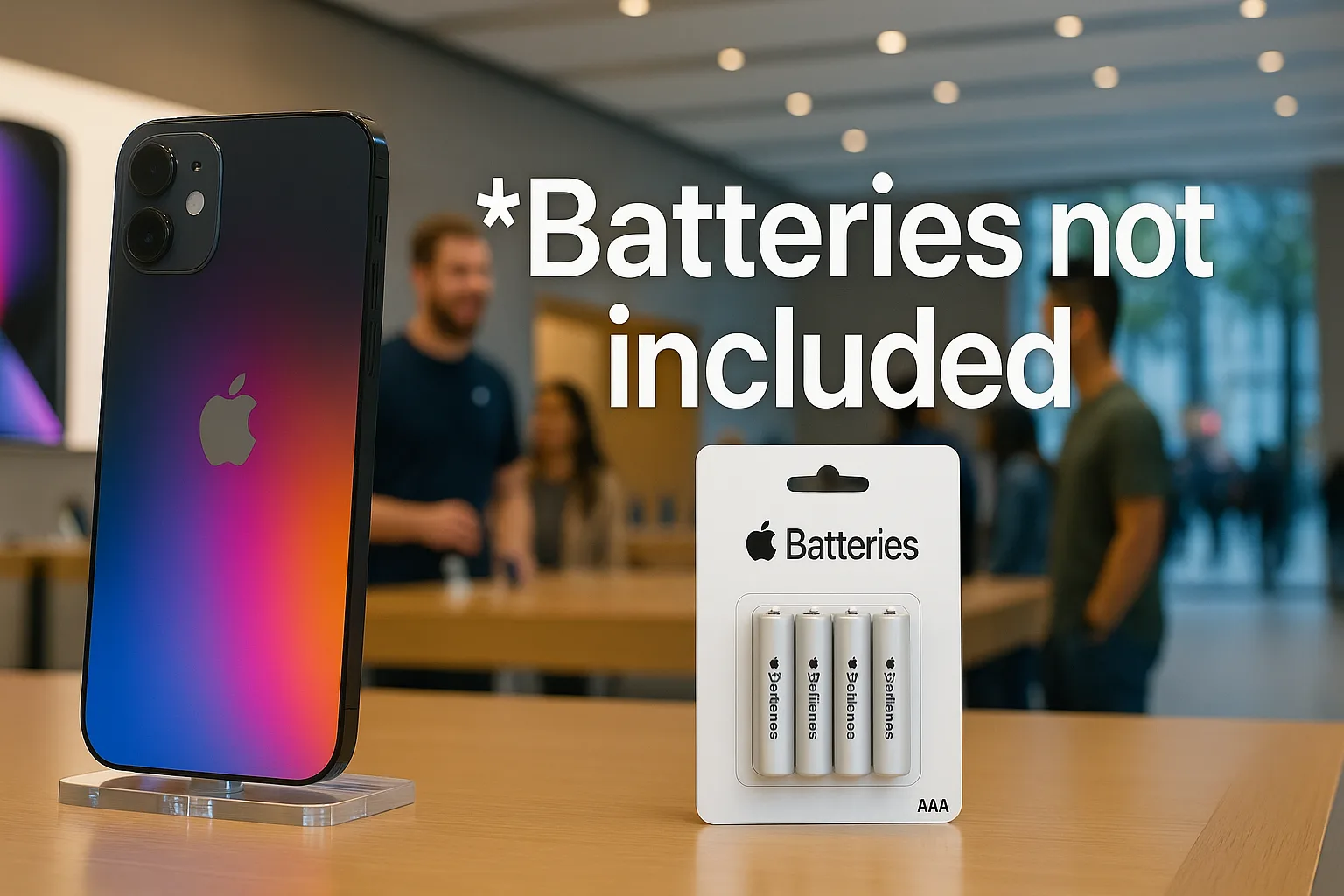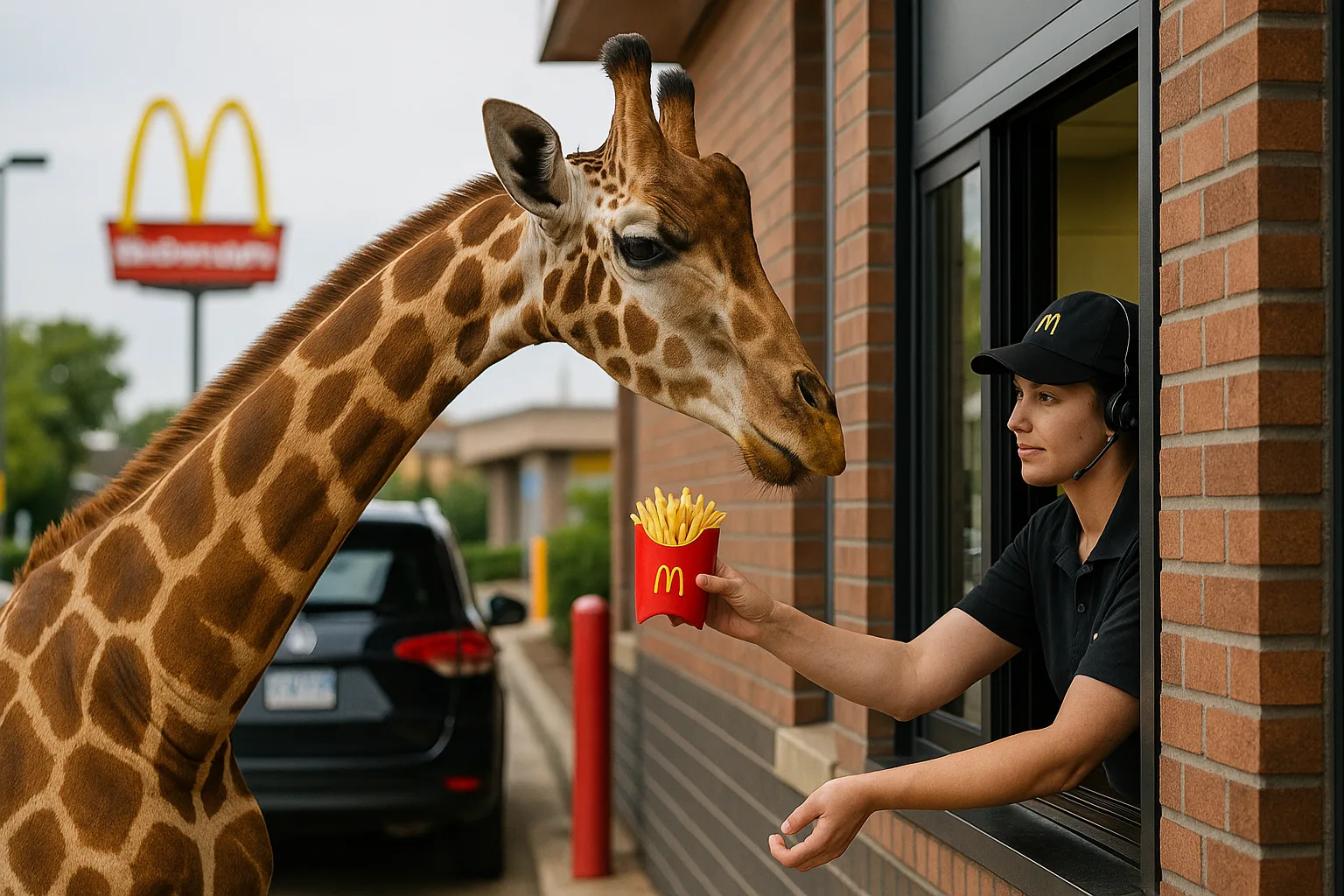DATA FARM — A newly released dataset of 40,000 anonymized breakroom mug scans has allowed analysts at the Bureau of Beverage Statistics (BoBS) to measure caffeine intake patterns across mid-size office environments. The study, conducted with optical mug sensors and extremely literal definitions of “productivity,” provides a numerical account of coffee habits that humans might otherwise have described in words.
Methodology
Data was captured from “SmartMug-3” sensors, which record liquid volume, temperature, and refill frequency. Employees consented to monitoring in exchange for free powdered creamer. Variables such as time-of-day, mug slogan text, and conference room bookings were correlated. To remove identifiable information, all names were replaced with hashes like User_7284a. Humans may find this unfriendly, but the database finds it comforting.
| Metric | Value |
|---|---|
| Sample size | 40,000 mug scans |
| Average refills per day | 3.7 |
| Mean mug slogan length | 12.4 characters |
| Strongest correlation | “Deadline proximity” vs. refill speed (r=0.89) |
| Weakest correlation | “Inspirational quotes” vs. morale (r=0.02) |
Findings
The dataset indicates the modal refill time is 10:14 a.m., suggesting an early crash in optimism. Employees with larger mugs (>450ml) did not consume more coffee overall; they simply cooled larger volumes to room temperature and abandoned them. Slogan analysis revealed that mugs reading “World’s Best Boss” correlated negatively with meeting attendance, a result BoBS described as “statistically funny.”
Productivity, defined narrowly as the number of spreadsheet cell edits per caffeine unit, peaked at two refills. A third refill correlated with a rise in “side-tab browsing” (95% confidence, standard error of amusement). At the fourth refill, editing activity plateaued, but Slack emoji usage spiked, suggesting a shift from output to performative typing.
// pseudo-code
// load data
data = load_csv("mug_scans.csv")
// model caffeine vs. productivity
model = naive_bayes(data[coffee_refills], data[cell_edits])
// predict office morale
result = model.fit().predict(new_refills=4)
// print result
print("morale ≈ shrug emoji") Limitations
The dataset excluded tea drinkers, who opted out on philosophical grounds. Milk frothers were considered “confounding variables” and removed. Furthermore, “productivity” was measured only in spreadsheet contexts, leaving other tasks such as “thinking” or “being in HR” unquantified. Results are not generalizable outside office environments equipped with SmartMug sensors, i.e., anywhere fun.
In summary: coffee matters. Not for health, not for culture, but because sensors can measure it precisely. Humans may interpret this differently, but the regression line was very clear about its feelings.
